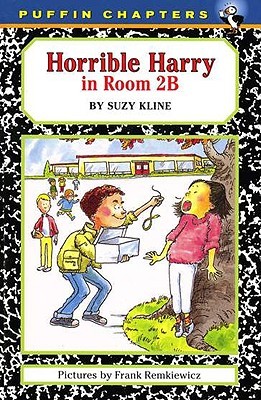Rubina is the oldest of three girls in a Pakistani-American family. When she is invited to a birthday party, her mother doesn't fully understand what that means, and insists, in the interest of fairness, that Rubina must take her younger sister, Sana, with her to the party. Rubina knows her friend thinks this is weird, and on top of that, Sana is not a good guest at all. She ruins the party for everyone by demanding that she win all the games and crying when she doesn't get her way. At the end of the party, each girl is given a goodie bag. By the end of the day, Sana has ruined hers.
Sana doesn't know how to make things last. By bedtime, her candies are all gone, her whistle is broken, and the ruby in her ring is missing. I put my big red lollipop on the top shelf of the fridge to have in the morning.
To make matters worse, while Rubina is asleep, Sana gets hold of her lollipop and eats every bit of it but one small triangle, thus ruining the one good thing Rubina was able to salvage from the party. Thanks to Sana, Rubina stops receiving party invitations and starts feeling left out at school.
Some time later, Sana is invited to a birthday party herself, and the third sister, Maryam, wants to go with her. The girls' mother insists once more that the fair thing to do would be to take both Rubina and Maryam to the party. Rubina sees this as a chance for Sana to be embarrassed as she was, but decides to prevent the cycle from repeating a second time.
I could just watch her have to take Maryam. I could just let her make a fool of herself at that party. I could just let her not be invited to any more parties, but something makes me tap Ami on the shoulder.
"What?"
"Don't make Sana take Maryam to the party."
After the party, a grateful and newly matured Sana brings Rubina a green lollipop, and the girls become friends again.
According to the book jacket, this story is based on Rukshana Khan's own childhood experience - she is the real-life Sana, and did indeed tag along with her older sister to a birthday party. This does not surprise me at all, as the emotions in the story - embarrassment, frustration, anger, jealousy, and confusion - felt very real, and certainly summed up exactly what it's like to have a sister who drives you nuts. This was a very honest portrayal of the love and hate children feel for their siblings, as well as an interesting look at how one family became accustomed to American traditions while still maintaining their own cultural identity.
Illustrator Sophie Blackall does an amazing visual interpretation of this story. Her paintings - done in Chinese ink and water color - convey the emotional subtleties suggested by the text. Her figures' faces are particularly expressive - a girl who excludes Rubina from her birthday party gives a surreptitious glance over her shoulder on one side of the page as Rubina's shoulder's slump in defeat on the opposite side. In the scene from the birthday party where Sana behaves badly during musical chairs, Blackall uses really interesting angles to draw the focus of the image to Sana crying on the floor, and Rubina looking uncomfortable. The chairs are drawn at odd angles, which hint at the constant motion of the game, and each of the girls' faces shows a particular reaction - mainly amusement, or disdain. Best of all, when Rubina gets mad at Sana for eating her lollipop, her face becomes almost scary, showing all her teeth, and exploding with the rage that has been boiling beneath the surface from the start of the book.
Sophie Blackall is also the illustrator for the Ivy and Bean books, and she has two blogs: http://sophieblackall.
This book is a must-read for girls who have sisters, and especially for families dealing with sibling rivalry. It not only validates the feelings children have when their siblings make them mad - it also provides a positive, constructive way for dealing with, and rising above, those feelings. Such an excellent book.









